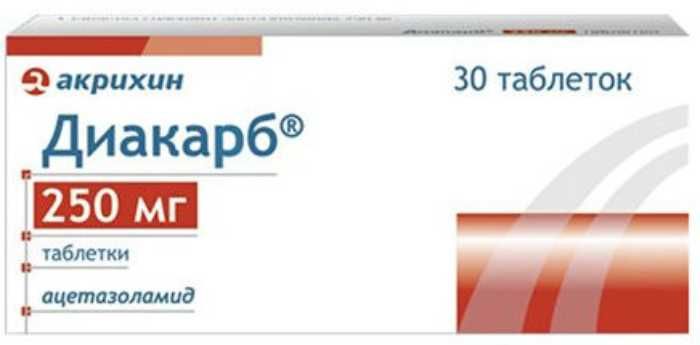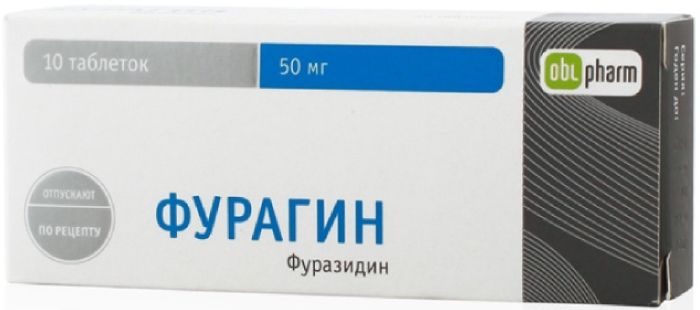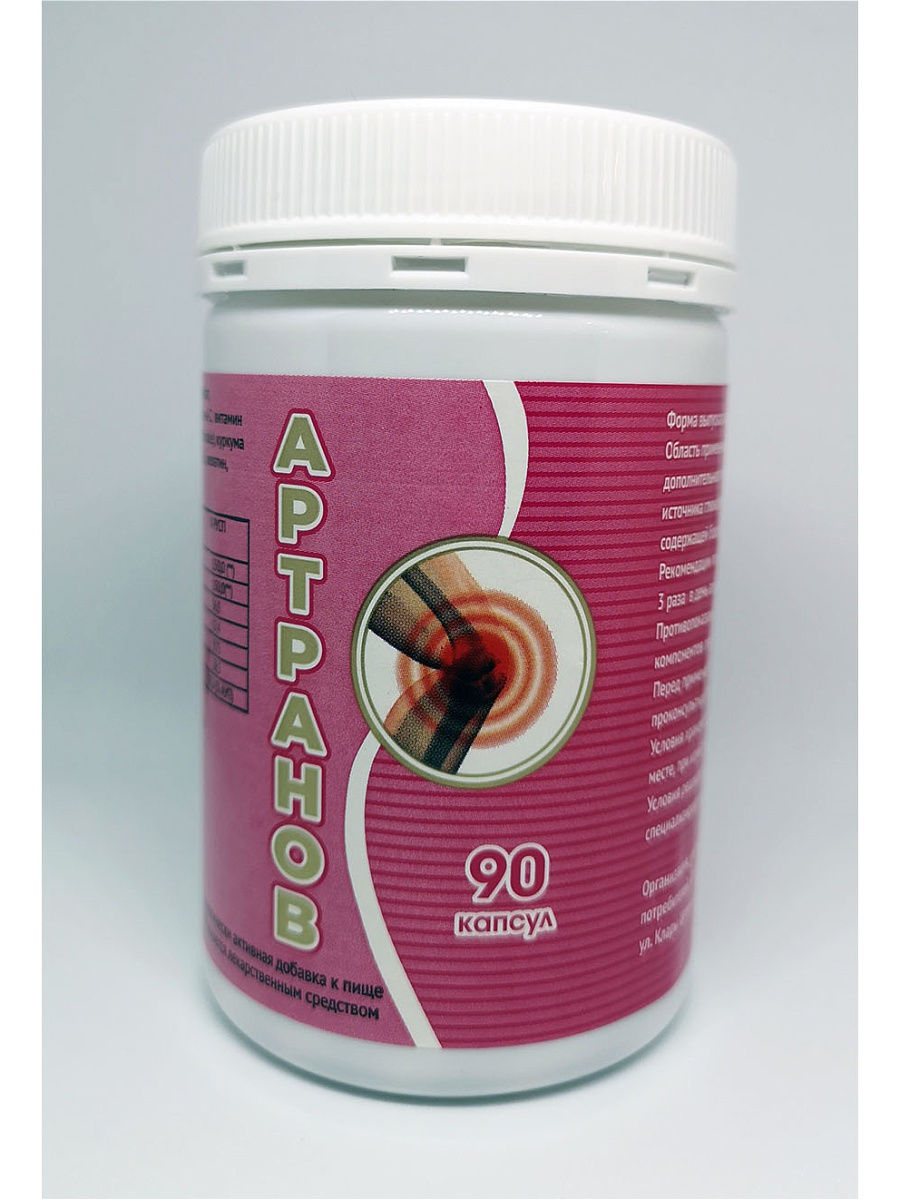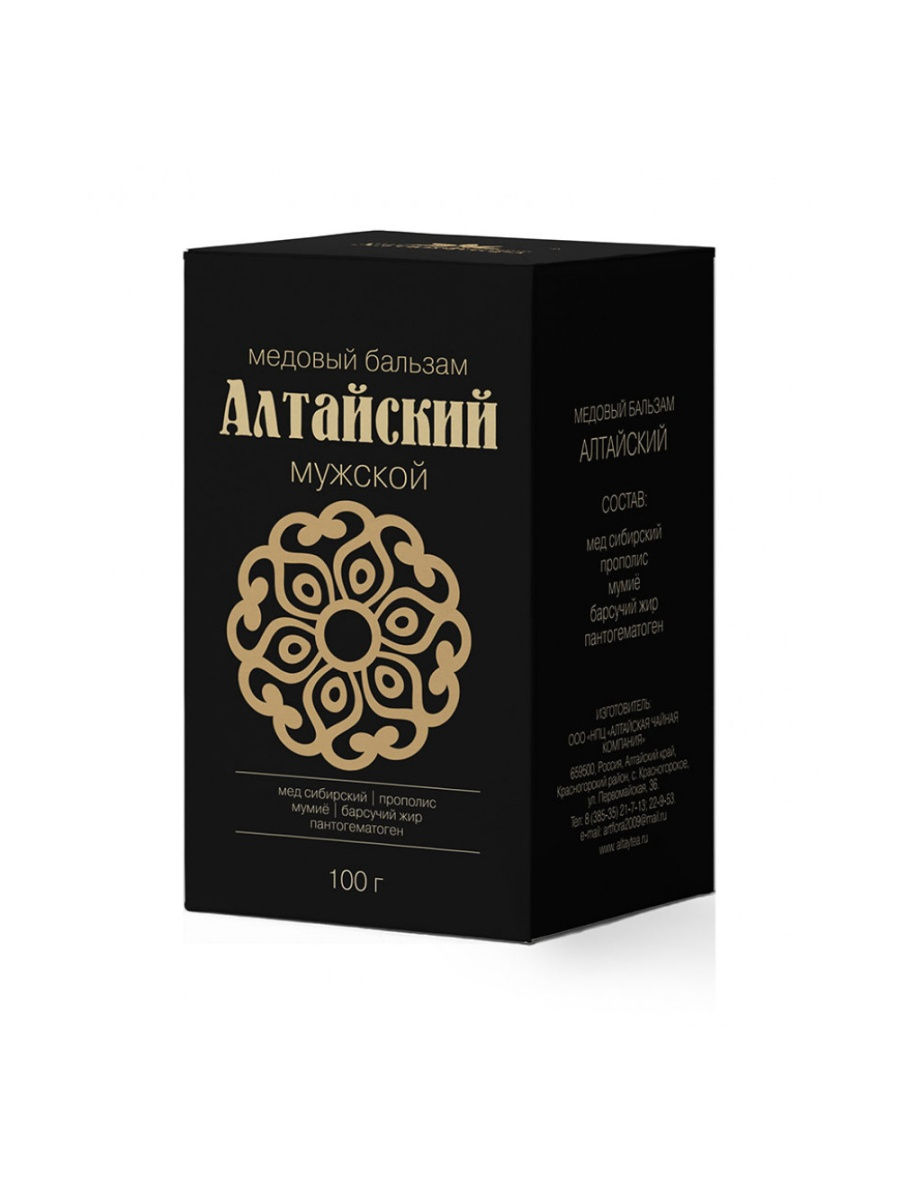- No products in the cart.
Diakarb tab 250mg 30 pieces
$5.85
Diakarb tab 250mg 30 pieces
SKU: 419994618 Categories: Diuretics, Kidney and bladder, Medicaments Tags: acetazolamide, QUINACRINE INN
Description
Composition
Active substance:
1 tablet contains: 250 mg acetazolamide ;.
Excipients:
Microcrystalline cellulose, povidone, colloidal silicon dioxide, croscarmellose sodium, magnesium stearate.
Description:
Tablets of white color, round, biconcave.
Product form:
Tablets of 250 mg.
10 tablets in blister foil Al / PVC. 3 blisters with instructions for use placed in a cardboard box.
Contraindications
Increased sensitivity to the drug; acute renal failure; uremia; hepatic insufficiency (risk of encephalopathy); hypokalemia; hyponatremia; metabolic acidosis; gipokortitsizm; Addison’s disease; diabetes; pregnancy (I term); lactation; Children up to age 3 years.
Precautions: hepatic edema and renal origin, simultaneous with acetylsalicylic acid (doses over 300 mg / day), pulmonary embolism and pulmonary emphysema (the risk of acidosis), pregnancy (II and III trimester).
Dosage
250 mg
Indications
Edema syndrome (mild or moderate severity, in combination with alkalosis);
Relief of an acute attack of glaucoma, preoperative preparation of patients, persistent cases of current glaucoma (in combination therapy);
In epilepsy as adjunctive therapy to antiepileptic drugs;
Acute “altitude” sickness (Preparation reduces acclimatization time);
Intracranial hypertension (benign intracranial hypertension, intracranial hypertension after bypass ventricles) in a complex therapy.
Interaction with other drugs
Acetazolamide can enhance the effect of folic acid antagonists, oral hypoglycemic agents and anticoagulants.
The simultaneous use of acetazolamide and acetylsalicylic acid can cause metabolic acidosis and amplify the toxic effects on the central nervous system.
When coupled with a cardiac glycoside or drugs that increase blood pressure, should adjust the dose of acetazolamide. Acetazolamide, phenytoin increases the content in blood serum.
Acetazolamide amplifies osteomalacia manifestations caused by reception of antiepileptic drugs.
The simultaneous use of acetazolamide and amphetamine, atropine or quinidine can enhance their side effects.
Potentiation diuretic effect occurs when combined with methylxanthines (aminophylline).
Reducing diuretic effect occurs in the combined use with ammonium chloride and other acid-forming diuretics.
Increased hypotensive effect on intraocular pressure is possible with the simultaneous use of cholinergic agents and beta-blockers.
Acetazolamide increases the effects of ephedrine.
Increases the concentration of carbamazepine in the blood plasma of non-depolarizing muscle relaxants.
Increases the excretion of lithium.
Overdose
Symptoms of overdose are not described. Likely symptoms overdose may be violations of water-electrolyte balance, metabolic acidosis, as well as disorders of the central nervous system.
Treatment: There is no specific antidote. Treatment should be symptomatic and supportive. It should control the content of electrolytes in the blood, especially potassium, sodium, and blood pH. In the case of metabolic acidosis is used sodium hydrogencarbonate.
Acetazolamide displayed by hemodialysis.
pharmachologic effect
Pharmacological group:
Diuretic.
Pharmacodynamics:
Acetazolamide is a carbonic anhydrase inhibitor with a weak diuretic activity.
The mechanism of action associated with inhibition of the release of sodium ions (Na “) and hydrogen (Lr) in the molecule of carbonic acid. Inhibition of carbonic anhydrase with acetazolamide inhibits the synthesis of carbonic acid in the proximal tubule of the nephron. Lack of carbonic acid which is a source of H + ions required for replacement of ions Na +, increases the excretion of sodium and water by the kidneys. As a result of allocation of large amounts of sodium in the distal nephron, acetazolamide induced increases substitution of ions Na ‘ions for potassium (K), which leads to great losses of K + and development of hypokalemia. Acetazolamide increases the excretion of bicarbonate, which can lead to the development of metabolic acidosis. Acetazolamide causes renal excretion of phosphate, magnesium, calcium, which may also lead to metabolic disturbances.
After 3 days from the beginning of the use of acetazolamide loses its diuretic properties. After a break in treatment for a few days, the newly appointed resumes acetazolamide diuretic effect due to the restoration of the normal activity of the carbonic anhydrase.
Acetazolamide is used to treat glaucoma. Inhibition of carbonic anhydrase ciliary body reduces the secretion of aqueous humor of the anterior chamber, which reduces the intraocular pressure.
Tolerance to this effect does not develop. Ophthalmotonus when receiving acetazolamide starts to decrease after 40-60 minutes, the maximum effect was observed after 3-5 hours, the intraocular pressure remained below the initial level for 6-12 hours. On average, the intraocular pressure is reduced 40-60% from baseline.
The drug is used as an adjunct in the treatment of epilepsy, as carbonic anhydrase inhibition in brain nerve cells inhibits abnormal excitability.
Acetazolamide is used to treat liquorodynamic disorders and intracranial hypertension. The drug inhibits the activity of carbonic anhydrase in the brain, particularly in the vascular plexus of the ventricles with a reduction in the production of cerebrospinal fluid.
Pharmacokinetics:
Acetazolamide is well absorbed from the gastrointestinal tract. After oral administration at a dose of 500 mg of the maximum concentration (12-27 mg / ml) was achieved after 1-3 hours. The minimum concentrations maintained in the blood within 24 hours after administration. Acetazolamide distributed in erythrocytes, plasma and kidney, to a lesser extent – in the liver, muscles, the eyeball and the central nervous system. Acetazolamide crosses the placental barrier, a small amount is excreted in breast milk. Not accumulates in the tissues and are not metabolized in the body. Excreted by the kidneys unchanged. After oral administration around 90% of the dose is excreted by the kidneys within 24 hours.
Pregnancy and breast-feeding
Well-controlled clinical trials of the drug in Diacarbum P pregnant not conducted. Therefore, during pregnancy, the drug Diamox * is contraindicated in the I trimester and in the II and III trimester – is used with caution and only in those cases where the potential benefit to the mother outweighs the potential risk to the fetus.
Acetazolamide in a small amount is excreted in breast milk, so if you need the drug Diamox “during lactation, breast-feeding should be discontinued.
Conditions of supply of pharmacies
P recipe.
side effects
On the part of the central nervous system – paresthesia, hearing loss or ringing in the ears, fatigue, dizziness, ataxia, drowsiness and disorientation, convulsions, flaccid paralysis and photophobia, impaired sense of touch, hepatic encephalopathy (hepatic insufficiency on the background).
From the digestive system – nausea, vomiting, diarrhea, loss of appetite, taste disturbance, fulminant hepatic necrosis.
From the urinary system – frequent urination, nephrolithiasis.
On the part of the hematopoietic system – agranulocytosis, thrombocytopenia, leukopenia and aplastic anemia, bone marrow hematopoietic failure, pancytopenia, hemorrhagic diathesis.
Allergic reactions – a skin rash in the form of polymorphic erythema, urticaria, StivensaDzhonsona syndrome, Lyell syndrome, anaphylaxis.
Laboratory parameters – hematuria, glycosuria, hyperglycemia, hypokalemia, hyponatremia, disruption of water and electrolyte balance and acid-base balance (metabolic acidosis).
Others – transient myopia, muscular weakness.
special instructions
This increased sensitivity to the drug may manifest life-threatening side effects such as Stevens-Johnson syndrome, Lyell syndrome, fulminant hepatic necrosis, agranulocytosis, aplastic anemia, and hemorrhagic diathesis. In the case of occurrence of these symptoms should stop taking the drug.
DIAKARB® used at doses higher than the recommended does not increase diuresis and may increase drowsiness and paresthesias, and occasionally also reduce urine output.
The drug can cause acidosis and should be used with caution in patients with pulmonary embolism and pulmonary emphysema.
The drug was basified urine.
DIAKARB® should be carefully used in patients with diabetes mellitus due to the increased risk of hyperglycemia.
In case the destination for more than 5 days at high risk of metabolic acidosis.
It is recommended to control blood count and platelet count at the start of treatment, and in regular intervals during treatment, as well as periodic monitoring of electrolytes in the blood serum.
Effect on ability to drive and mechanisms, work on which is associated with an increased risk of injury
DIAKARB®, especially in high doses, can cause sleepiness, less fatigue, dizziness, ataxia and disorientation, so during treatment, patients should not drive vehicles and use machines that require high concentration and speed of psychomotor reactions.
Storage conditions
Store in a dry, dark place at a temperature not higher than 25 ° C.
Keep out of the reach of children.
Dosing and Administration
The drug is taken orally, strictly on prescription.
In case of skipping the drug at the next reception not to increase the dose.
edematous syndrome
At the beginning of treatment take 250 mg in the morning. To achieve maximum diuretic effect should be taken DIAKARB® 1 time a day or every other day for 2 consecutive days with a one-day break. Increasing the dose does not increase the diuretic effect.
Glaucoma
DIAKARB® should be taken as part of combination therapy.
Adults with open-angle glaucoma drug administered in a dose of 250 mg 1-4 times a day. Doses exceeding 1000 mg, does not increase the therapeutic effect. In secondary glaucoma drug administered in a dose of 250 mg every 4 hours during the day. In some patients, the therapeutic effect is manifested after a brief dosing of 250 mg 2 times a day.
In acute attacks of glaucoma: 250 mg 4 times a day.
Children, older than 3 years, glaucoma attacks of 10-15 mg / kg body weight per day in 3-4 divided doses.
After 5 days of treatment make a break for 2 days. Prolonged treatment is necessary preparations appointment potassium, potassium-sparing diet.
In preparation for surgery appoint 250-500 mg the day before and the morning of surgery.
Epilepsy
Doses for adults: 250-500 mg / day at one time in 3 days, on the 4th day break. With simultaneous application of acetazolamide with other anticonvulsant drugs used in the treatment beginning 1 250 mg once daily, gradually increased if necessary.
Doses for children older than 3 years: 8-30 mg / kg per day, divided into 1-4 doses. The maximum daily dose – 750 mg.
Acute “altitude” illness
Recommended use of the drug at a dose of 500-1000 mg per day.
In the case of a rapid ascent – 1000 mg per day.
The drug should be used for 24-48 hours to climb. In the case of the onset of symptoms treatment should be continued for the next 48 hours or longer if necessary.
intracranial hypertension
It is recommended to use the drug in a dose of 250 mg per day, or 125-250 mg every 8-12 hours.
The maximum effect is achieved with therapeutic administration of a dose of 750 mg per day.
Information
Appearance may differ from that depicted in the picture. There are contraindications. You need to read the manual or consult with a specialist
Additional information
| Weight | 0.100 kg |
|---|---|
| Manufacturer | QUINACRINE INN |














There are no reviews yet.